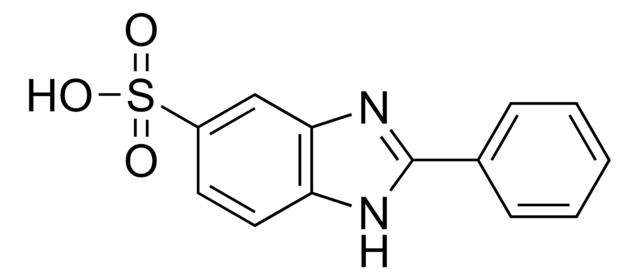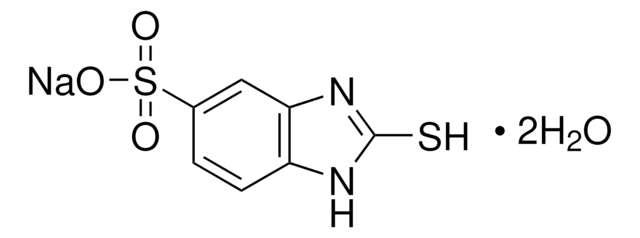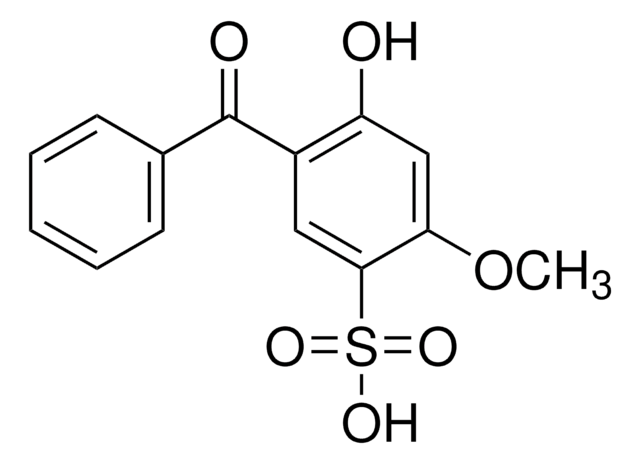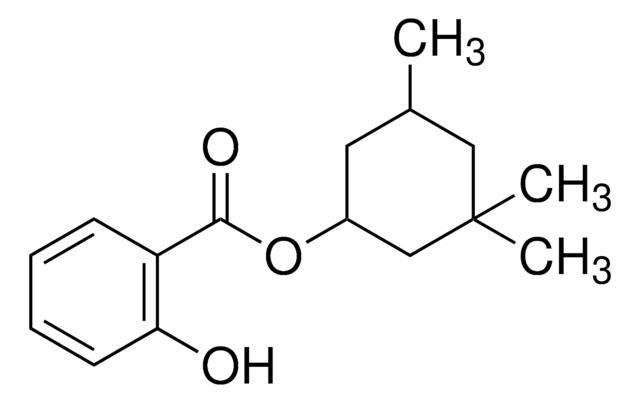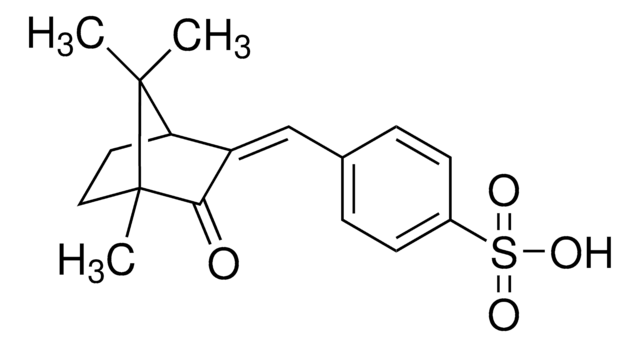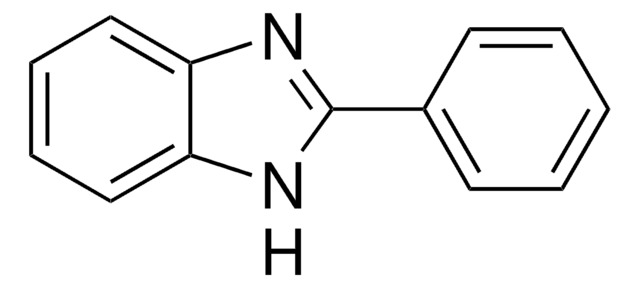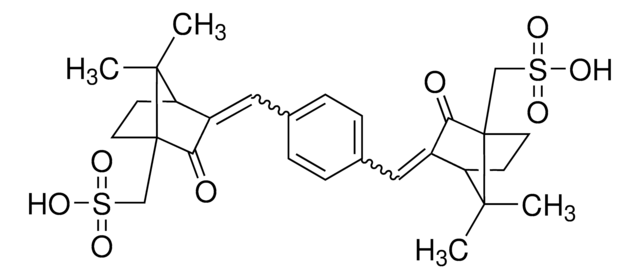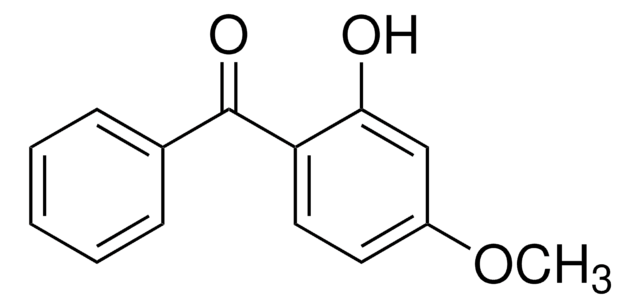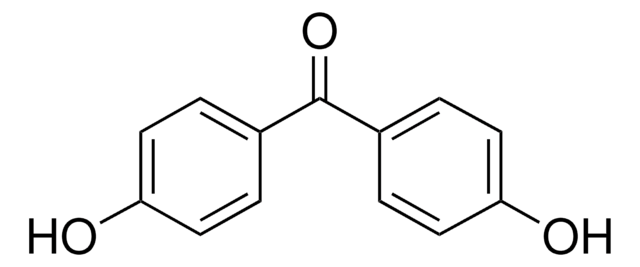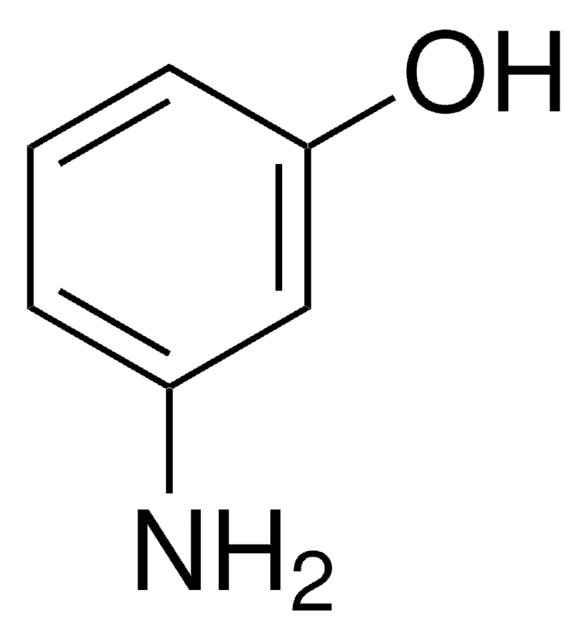437166
2-Phenyl-5-benzimidazolesulfonic acid
96%
Synonyme(s) :
Ensulizole
About This Item
Produits recommandés
Niveau de qualité
Pureté
96%
Pf
>300 °C (lit.)
Solubilité
ethanol and water: soluble (as sodium salt)
Groupe fonctionnel
phenyl
sulfonic acid
Chaîne SMILES
OS(=O)(=O)c1ccc2[nH]c(nc2c1)-c3ccccc3
InChI
1S/C13H10N2O3S/c16-19(17,18)10-6-7-11-12(8-10)15-13(14-11)9-4-2-1-3-5-9/h1-8H,(H,14,15)(H,16,17,18)
Clé InChI
UVCJGUGAGLDPAA-UHFFFAOYSA-N
Vous recherchez des produits similaires ? Visite Guide de comparaison des produits
Catégories apparentées
Description générale
Application
Code de la classe de stockage
11 - Combustible Solids
Classe de danger pour l'eau (WGK)
WGK 1
Point d'éclair (°F)
Not applicable
Point d'éclair (°C)
Not applicable
Faites votre choix parmi les versions les plus récentes :
Déjà en possession de ce produit ?
Retrouvez la documentation relative aux produits que vous avez récemment achetés dans la Bibliothèque de documents.
Les clients ont également consulté
Notre équipe de scientifiques dispose d'une expérience dans tous les secteurs de la recherche, notamment en sciences de la vie, science des matériaux, synthèse chimique, chromatographie, analyse et dans de nombreux autres domaines..
Contacter notre Service technique